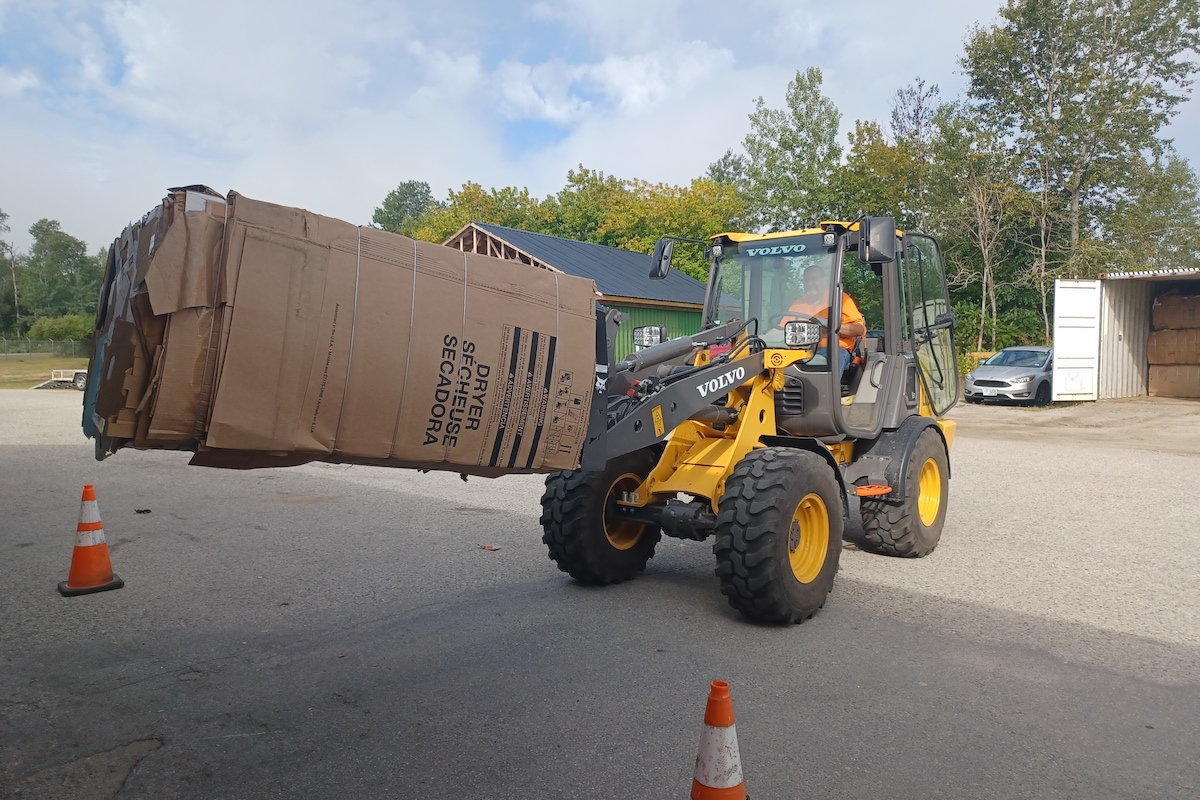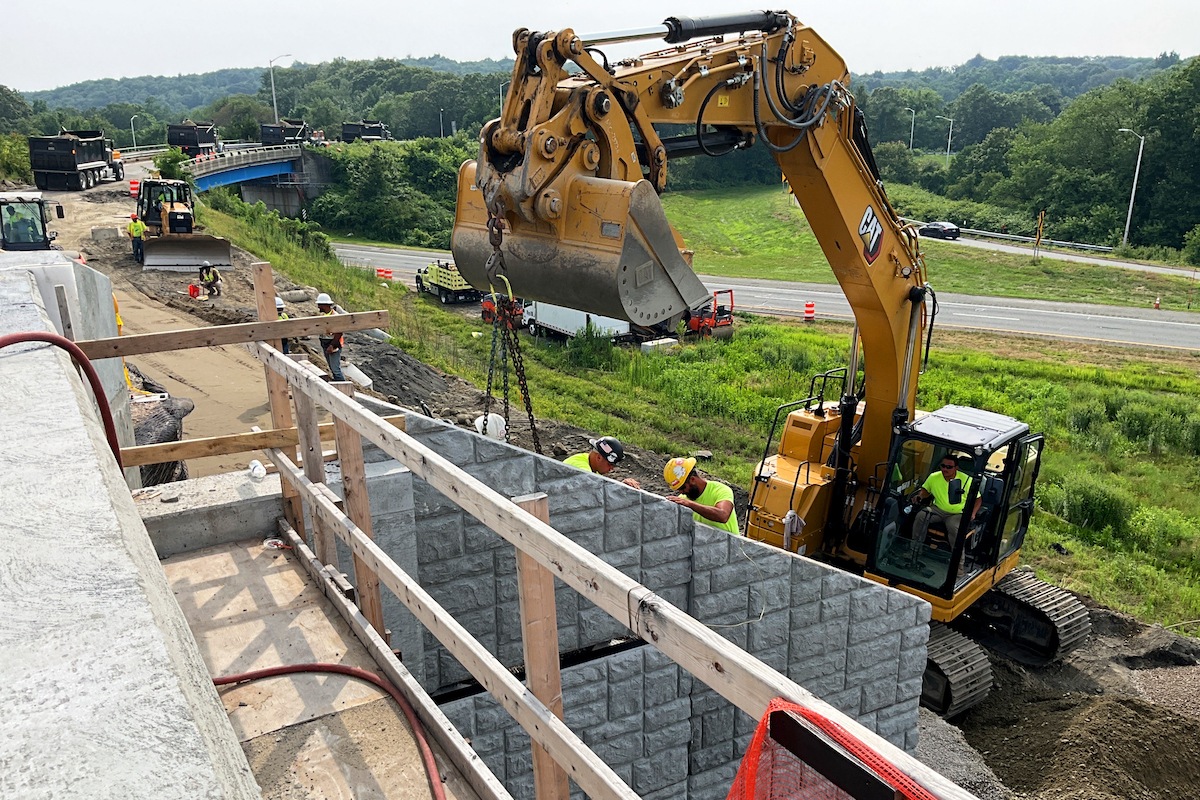That’s why OSHA requires employers to develop a HazCom plan for communicating the hazards and preventive steps to their workers. Most companies comply with those mandates, which call for four steps:
- Chemicals must be properly labeled.
- Employers must have a safety data sheet (SDS) for every chemical or substance that poses a hazard.
- They must train workers in the proper use of those chemicals or substances.
- The employer must have a written HazCom program.
You might assume those requirements are adequate to protect workers. While they’re definitely a step in the right direction, they represent the minimum required by the law. As with most facets of workplace safety, employers with a strong safety culture go beyond those requirements.
However, it’s even more important for workers to step up and take responsibility for their own safety. That involves more than simply following safe practices in the workplace. When it comes to hazardous chemicals, it’s important to develop a thorough knowledge of what you’re using, what effects it can have upon you and those around you, and how to provide the optimal level of protection. Knowledge is power, and never more so than understanding the hazards of what you are working with.
In particular, that involves the long-term effects of exposure to hazardous chemicals. Acute reactions are easy to identify. For example, if a worker is using some types of solvents, the fumes may cause brief feelings of nausea and lightheadedness. What about the chronic, long term effects? Many hazardous chemicals have a more dangerous side, and that’s the cumulative effect of longer exposures. Some solvents may accumulate in body tissue over the years. A brief exposure may create discomfort, but many years of daily exposure may lead to significant, life-threatening health problems. A worker who is unaware of those long-term issues could end up with a serious disease like COPD or cancer.

| Your local Wirtgen America dealer |
|---|
| WI Clark |
| United Construction & Forestry |
I’m fortunate to have studied chemistry and biochemistry before I entered the safety field. That additional knowledge may explain my interest in calling attention to the potential hazards posed by even the most common chemicals – and it helps me explain the nature of those hazards to workers on jobsites.
When training workers on HazCom, I’ll pull the SDS for one of the chemicals used on the jobsite and explain the sections that are most important to a worker’s safety. For example, Section One of the SDS is the product identifiers – providing the actual name of the chemical as well as some of the other names that are in common use. For example, many workplace chemicals contain methanol, which has a chemical formula of either CH4O or CH3OH. Some workers know methanol by other names – including methyl alcohol, wood alcohol, or carbinol – and may not be aware they’re all the same chemical. If you’ve always called it methanol and your supervisor refers to it as wood alcohol, there’s the potential for confusion or miscommunication.
Section Two of the SDS is particularly important, because that’s where the hazards of the chemical are spelled out. For methanol, the section talks about the different ways workers can be exposed – which include inhalation (breathing), ingestion (swallowing), skin contact, and eye contact – along with what happens with each of those types of exposure. The section also talks about the parts of the body that may be affected by methanol and the long-term (or chronic) effects. For example, methanol is a suspected cause of birth defects, miscarriages, and infertility, among other problems.
Section Four of the SDS spells out first aid for the different types of exposure. It includes specific instructions and tells whether medical attention is needed. Finally, Section Eight explains the exposure limits associated with the chemical and the personal protective equipment (PPE) workers must use when working with it. As an example, skin protection for methanol includes chemically resistant clothing and gloves.
All the information on the SDS is important, but those sections apply the most to workers. It’s also crucial that they review the information before starting to work with the chemical. If there’s a problem and a worker receives a substantial chemical exposure, they need help immediately. Workers around them should not be hurriedly looking around for an SDS, because an emergency is no time to be doing research on the right steps to take.

| Your local Hyundai dealer |
|---|
| Equipment East |
As an advisor, I always encourage workers to go home and look at the cleaning products in their kitchen cabinets, and then pull up an SDS for one of the chemicals in those products. They’re usually shocked when they see just how dangerous a “household” product can be and when they realize their children have access to those chemicals. Having respect and understanding of what your loved ones could be exposed to is having the knowledge on how to protect their safety.
Some workers will tell me they’ve worked with a chemical for years, so they don’t need to look up the SDS. This is perception versus reality. Sometimes what we think we know may not be what we know at all. I understand that it’s easy to become complacent when you do the same thing day in and day out for many years, but complacency is dangerous, because we tend to forget or minimize things.
In addition, regular exposure to many chemicals can desensitize us. Olfactory fatigue is a temporary human inability to recognize an odor after a long exposure to that airborne compound. For example, if you walk into a pizzeria, your sense of smell is hit with basil and garlic, and your mouth starts to water. After time, the odors fade due to you being exposed to those specific smells over time. This can also happen with chemicals. We should always take a chemical smell as a warning, and investigate the hazards, before our senses begin to ignore the danger.
That’s why it’s so important for workers to become their own advocates. When you fully understand the risks associated with a hazardous material, and you take the right steps to protect yourself and your co-workers, you minimize the potential for injury and long-term damage.
Don’t be afraid to reach out to the safety professional on the worksite, either, especially if the SDS isn’t clear or you have questions about the hazards associated with a task you’re performing. We can draw upon our knowledge and experience to help you better understand the hazard and how to mitigate or eliminate it.

| Your local Case Construction Equipment Inc dealer |
|---|
| Beauregard Equipment |
| Monroe Tractor |
There’s another reason I place such a strong emphasis on this subject. When I was in my early 20s, I was unknowingly exposed to a chemical. My employer was following OSHA guidelines, but I had no idea of the danger until the company came forward and said people who had been working with the chemical were being diagnosed with cancers. I’m fortunate that hasn’t happened, but I’ve continued to be part of a medical study related to the exposure and undergo testing annually.
Workers can take the right steps to protect themselves from hazardous substances, but that begins by becoming aware of the dangers. In conjunction with employers providing the HazCom information, workers also need to become their own first line of defense and educate themselves every time they work with something that may be potentially hazardous. Before you reach for the next bottle of cleaner, read the SDS, and protect yourself and those around you.

































































